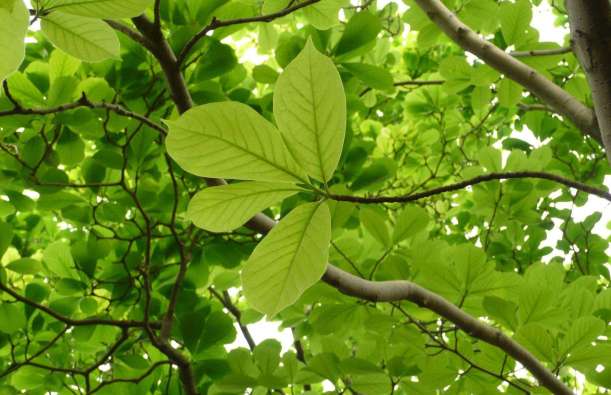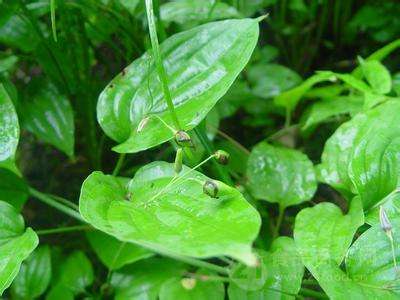Growing awareness of the aging effects has raised the thought about skin consciousness in minds of many people around the globe. With scientists trying to find a way to keep the life sustainable, aging has been implicated as the culprit behind everything from wrinkles to skin discoloring, and even pigmentation. You can’t develop immunity to aging yourself; there’s no vaccine, but there are ways to make your skin look young and healthy.
It has been recommended that diet and lifestyle changes can control effects of aging on skin and can improve skin color and tone in a very significant manner.
Here is a list of things which you can easily apply to your lifestyle to reduce the effect of aging on your skin:
- Eat Fresh and Veg – A research has shown that people who eat only vegetarian food have an undeniable glow on their skin. Hence, taking a diet with good food supplements (fresh vegetables, fruits and whole grains like rice and oatmeal) which contain rich amount of anti-oxidants can indefinitely improve glow on your skin.
- Exercise Regularly – A study has proved that exercising everyday can add life to skin of a human, the only reason why athletes look younger than they are; hence it definitely helps you in looking good and improving your overall personality. Target 10-30 minutes of exercise everyday and you might see a bid difference yourself.
- Sleep Well – The American Academy of Sleep Medicine (AASM) reports that too less of sleep (less than six hours) and too much of sleep (more than eight hours) are prime reasons for allergies and other stomach diseases; and this definitely makes your skin look aged and old. The right amount of sleep every adult needs is between seven to eight hours.
While experts were advising people to change their diet supplements, sleep timings and exercising schedules; researchers were working hard over finding a compound which would reduce effects on aging on skin tone and color without any side effects.
After years of research and development, one technology was developed and adopted by most of the cosmetic and pharmaceutical companies, which was not only able to reduce the effects of aging but also, improved the skin color by skin lightening properties prevalent in “deoxyarbutin“.
Recent scientific research shows that deoxyarbutin is suggested to have properties for deeper skin penetration and negligible skin irritation. There are other technologies like hydroquinone, glycolic and lactic acid; which are available in the market in form of cosmetics and have been widely accepted for skin treatments, but they lack the soberness and softness that deoxyarbutin possesses.
Deoxyarbutin is tested well and is effective in treatment of skin discoloration and pigmentation due to aging, acne, scarring, skin burns and chronic inflammations; it has properties to deal with skin problems of people aging from 18 to 65+. I would recommend you to buy cosmetic and pharmaceutical products containing this healing compound for your and use deoxyarbutin for reducing the effects of aging.
By Stanford Chemicals
Stanford Chemicals is a worldwide supplier of phytochemicals, pharmaceutical intermediates, catalysts, lab equipment and a variety of special fine chemical products since 1994. To meet increasing demands for herbal extracts in nutraceutical, pharmaceutical and cosmetic industries, Stanford Chemicals is established and now carries hundreds kinds of herbal extracts, including botanical ingredients and standard herbal extracts.




